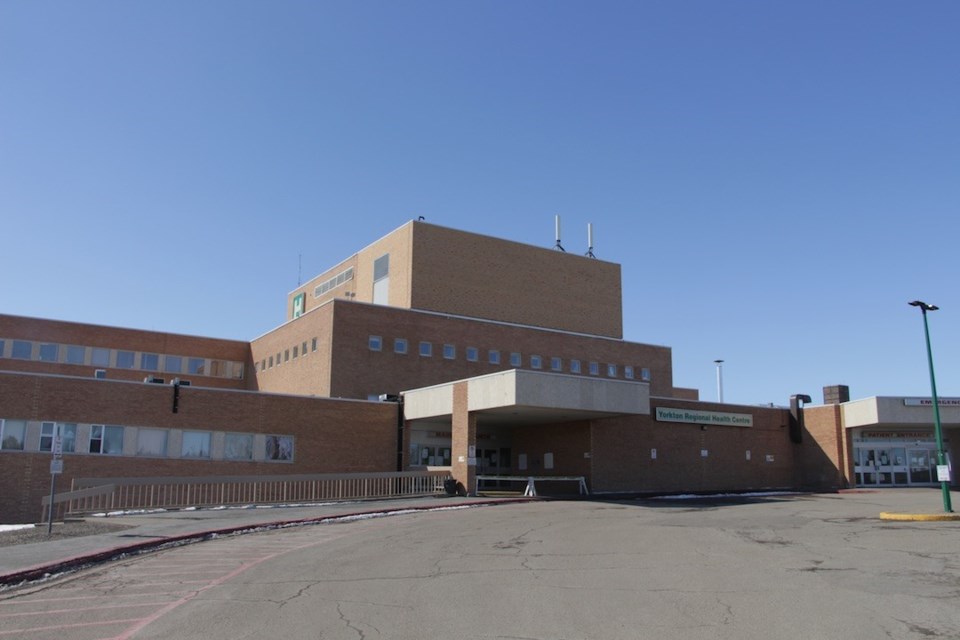While it is not something at the forefront of most people’s minds under the sunny skies of summer, this fall Saskatchewan goes to the polls to elect the next provincial government.
The choice is rather a clear cut one. Will voters determine the Saskatchewan Party is worthy of another term leading the province after holding power since 2007, or whether it is time for a change, with the only option polling significant interest being the New Democrats.
Which party wins is something voters will decide at the polls.
But, even in July we can determine a key issue in the election will be health care.
That health care remains such a contentious area maybe is not surprising since Saskatchewan is the birthplace of the idea of universal health care and that paradigm shift in thinking did not come without much debate and protest.
Today, health care remains an issue for two rather straight forward reasons; one good health care is often truly a matter of life and death, and secondly because health care eats up a huge chunk of the provincial budget.
Locally, you can add the lingering need for a new regional health facility to the list of issues, which of course can be said in Estevan and Weyburn too.
In Yorkton there is a level of frustration, the community having raised funds for a study leading to a plan for a new facility as requested by the province, only to have the plan rejected basically because it was too big a vision. One can’t argue with there being a limit to the investment available for a new hospital, but then the dollar number should have been a parametre of the study before it even started.
A bigger question is why studies into what a regional hospital should look like.
There is a finite budget, and a core package of services mandated by the province leaving a limited range of things allowable to ‘customize’ to local needs.
It would seem, as the province has moved to greater centralized control of health care, starting with a single board to oversee things, the move would be to a streamlined hospital design, adjustable for population, but otherwise cookie-cutter models of one another. A single blueprint easily passed from community-to-community to save money in design.
The result would be hospitals that are essentially clones of each other. A doctor or nurse transfers and knows the lay-out ahead of time.
You buy something for one, knowing ordering multiple copies to save money, will fit other facilities perfectly.
If centralized control is to be truly beneficial, services must be better, and money in providing the services should at least be controlled if not reduced.
A single hospital model would seem a step toward both.



